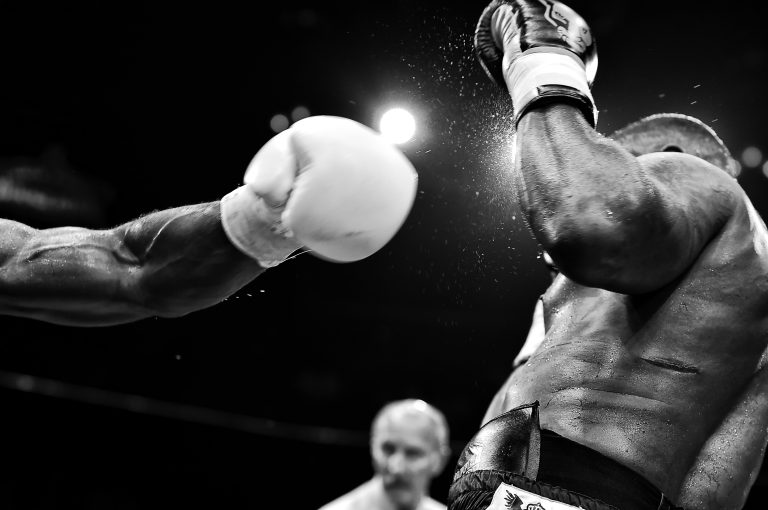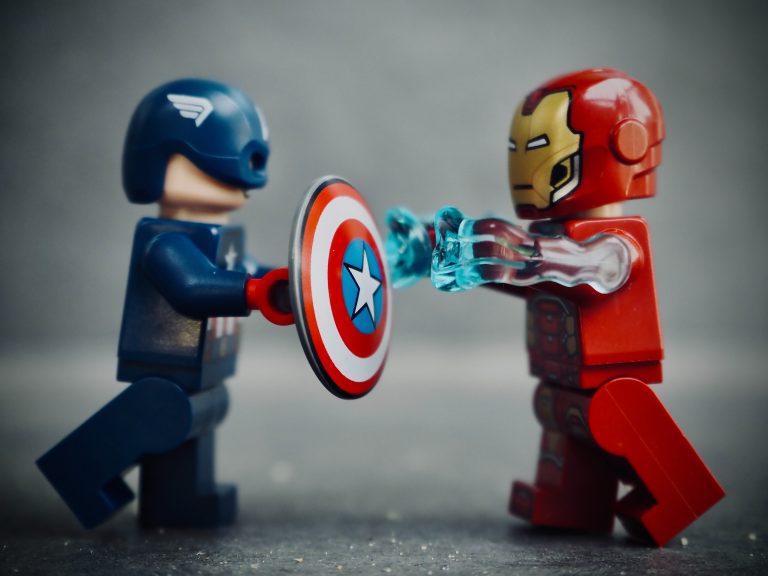Exploring the Different Types of Karate
Karate is a martial art form that is distinguished for its self-defense and spirituality is hugely popular across the world. With its long and rich history, karate has gained a massive following of practitioners and fans who are enthralled by its unbelievable combat prowess and spiritual teachings. With various stances, punches, kicks, motion and skills, this form of martial art has set unique benchmarks in the world of combat sports.
In this blog post, we will provide an overview of all the different types of karate, which will provide readers with detailed insights about the various forms, along with their rules and benefits.
What is Karate?
Karate is a highly potent form of self-protection, which utilizes a variety of strikes and kicks to protect oneself from any kind of harm. It also focuses on mental, physical and spiritual control and discipline by teaching individuals how they can express their inner power, while also teaching respect and humility.
The term ‘karate’ is derived from the Japanese roots kara (empty) and te (hands). It suggests that this combat style is an art form where the opponents only use their hands and feet to land their strikes.
The Different Styles of Karate
The various forms of karate can be broken down into four main styles, each with its very own set of techniques and principles.
1. Shotokan Karate
The most renowned and widely taught type of karate, shotokan karate was founded by Gichin Funakoshi in 1920s Japan. It centers on formality and precision in training. It focuses on executing powerful blocks and strikes from long-distance stances. It is known for its upright stances and linear movements – a trait that is often said to resemble the Chinese art of Hung Gar.
2. Wado-Ryu Karate
Wado-Ryu karate is another popular style of karate. It was founded in 1939 by Hironory Okazaki and focuses on redirecting an opponent’s force for one’s own advantage. It involves circular blocking movements, which are used to avoid or deflect an opponent’s attack or swing before attacking them with strikes. Wado-Ryu karate is believed to be derived from various other martial arts like jujutsu, judo, and Aikido. In addition to its defensive movements, Wado-Ryu karate also relies heavily on kicks which are quicker than its Shotokan counterpart.
3. Shito-Ryu Karate
Shito-Ryu karate is another highly popular form of karate that was developed by Kenwa Mabuni in the late 1930s by merging Shuri-te, Naha-te, Tomari-te styles. This style of karate focuses on smooth transitions between defensive and offensive techniques and relies heavily on hip movements while executing punches and kicks. The practitioners rely on dynamic balance in order to remain successful during combats and training sessions.
4. Goju-Ryu Karate
Goju-Ryu karate is a style that was developed by Chojun Miyagi in early 20th century Okinawa. In this type, movements are not only quick but also involve ‘hard’ blocks and attacks – much alike the artillery of Chinese martial arts styles like Hung Gar and Shaolin Kung Fu. Blocks are mainly reactive in nature with pivot based stances that allow practitioners to stay balanced at all times.
Benefits of Practicing Karate
Karate is a great way to increase one’s physical, mental, and spiritual abilities – all without causing any major damage to the opponent’s body in order to finish them off. Practicing karate offers several noteworthy benefits:
- Physical Benefits: Karate can greatly improve one’s physical strength, flexibility, coordination, balance as well as general fitness levels.
- Mental Benefits: Martial arts not only toughen up the body but also capitalizes your mental power. Karate can help induce concentration, focus and discipline – all highly vital factors for success in both life and sport.
- Spiritual Benefits: Spiritual growth is one of the most important aspects of practicing karate. Training involves hardening your body as well as developing faith and respect for yourself as well as your religion.
- Self Defense Benefits: Karate not only builds up your strength but also helps improve your reflexes as well as agility – both great factors when it comes to self defense.
- Social Benefits: Martial arts bring people together; it typically encourages friendly competition amongst students, building up your social skills and nurturing relationships.
Conclusion
Karate has far exceeded than just being one of the most impressive combat sports out there – its level of discipline and potential to strengthen both the body and mind is limitless. We hope this blog post has helped give you a clear idea about the different forms of karate and highlighted some of their benefits as well. Feel free to explore more about each style so that you can find the most suitable one for yourself!
Exploring the Different Types of Karate
Karate is a martial art form that developed on the Japanese island of Okinawa in the early 20th century. It emphasizes the use of kicks, punches, and strikes. The practice of karate is not only a great physical workout but also helps in developing self-discipline, team collaboration, focus, and overall physical and mental fitness.
With its popularity, various types of karate have emerged over time. In this blog, we will discuss some of the most frequently asked questions about the different types of karate.
1. What are the different types of karate?
There are several types of karate. Some of them are traditional, while others are modern mixed martial arts styles. Here are some of the most popular types of karate:
Shotokan Karate
Shotokan karate is a traditional form of karate, which emphasizes striking techniques that include kicks, punches, and elbow strikes. This style incorporates long-range techniques that are designed to keep your opponent at a distance.
Goju-Ryu Karate
Goju-Ryu Karate is a traditional form of karate originating from Okinawa, Japan. It incorporates both hard and soft techniques and is designed to be effective in close-range combat.
Wado-Ryu Karate
Wado-Ryu is a modern form of karate that combines traditional karate techniques with Jujutsu techniques. This style of karate emphasizes evasion and reading an opponent’s movements before countering with a quick punch or kick.
Shito-Ryu Karate
Shito-Ryu Karate is a traditional style of karate that incorporates both hard and soft techniques. It focuses on using linear movement and is known for its fluid movements and strong stances.
Kyokushin Karate
Kyokushin Karate is a full-contact martial arts style, which emphasizes hard sparring and breaking techniques. This style is designed to be effective in real-world situations and is one of the most physically demanding karate styles.
2. What are some of the differences between traditional and modern karate styles?
Traditional karate styles focus more on self-defense and discipline, while modern styles often have a competitive aspect to them. Traditional styles of karate are more strict and formal, with strict adherence to traditional practices and customs. On the other hand, modern styles of karate focus more on practical self-defense and physical fitness.
3. What are some of the benefits of practicing karate?
Practicing karate offers a variety of physical and mental benefits, some of which include:
- Improved cardiovascular health
- Increased flexibility and strength
- Improved focus and concentration
- Increased self-confidence
- Stress relief
4. Can anyone learn karate?
Yes, karate is suitable for people of all ages and fitness levels. It is never too late to start learning karate, and it offers a great way to stay physically active as you age.
5. What should beginners know before starting karate?
If you’re just starting out in karate, there are a few things you should know:
- It’s essential to warm up before every session to avoid injuries
- Focus on learning proper technique before trying to increase your power
- Practice regularly to see the most improvement
- Don’t be afraid to ask questions from your instructor or senior students.
- Always respect your fellow karate practitioners
6. Can karate be used for self-defense?
Yes, karate can be an effective form of self-defense. However, it’s crucial to remember that self-defense situations can be unpredictable, and the best defense is to avoid them if possible. Practicing karate can give you the necessary skills and confidence to defend yourself if needed.
Conclusion
Karate is an excellent martial art form that offers a variety of physical and mental benefits. With various traditional and modern styles to choose from, karate is suitable for anyone looking for an effective way to stay active and improve their overall well-being. Remember, it’s never too late to start learning karate, and with a few months of practice, you’ll see significant improvements in your fitness and mental health.
Inhaltsverzeichnis






